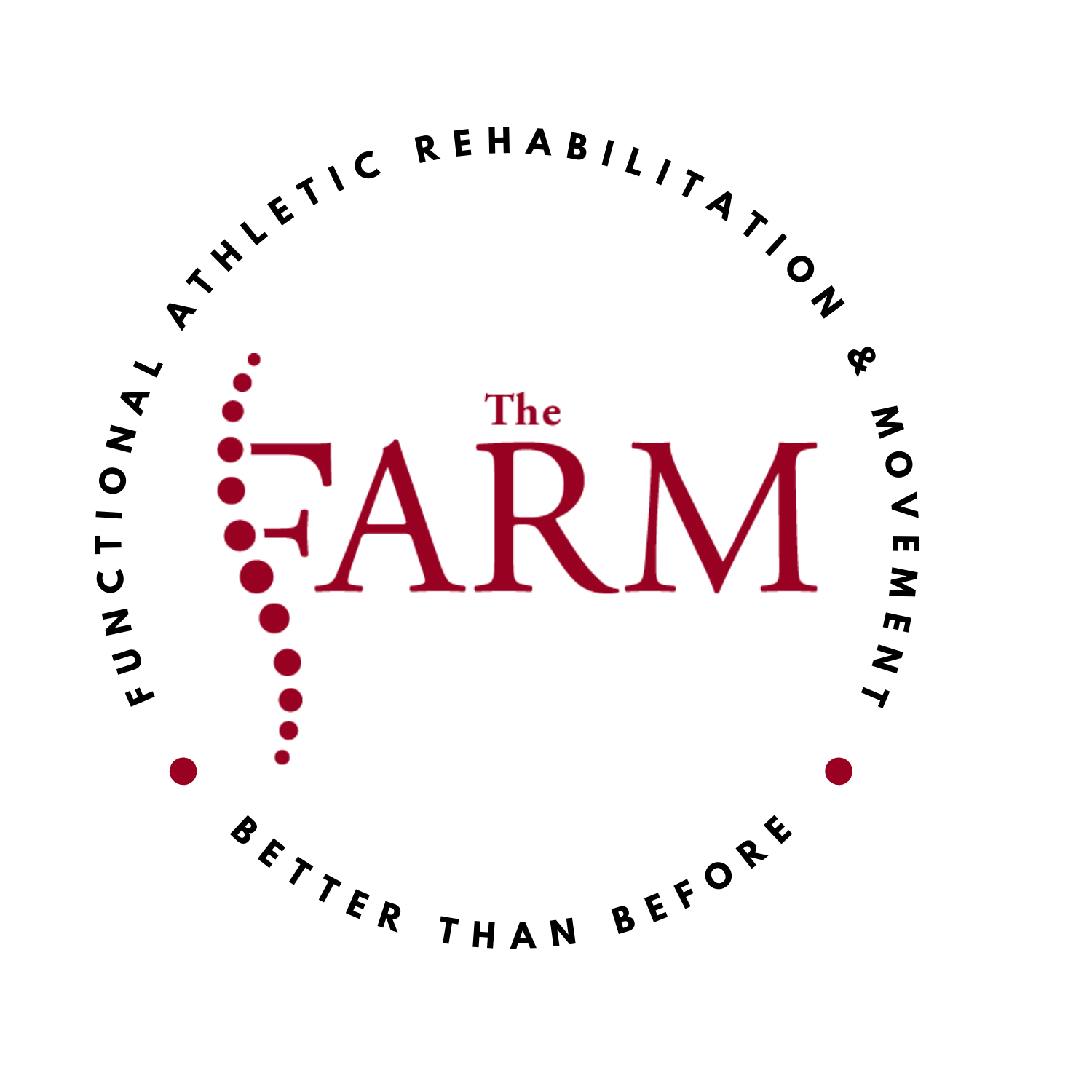Cervicothoracic Extension
In this video, learn how to improve your thoracic spine extension and combat forward head posture. Dr. Beau demonstrates a simple yet effective self-mobilization technique to address neck stiffness and promote good posture. Incorporate this into your daily routine for better spinal health. Thoracic spine extension chiropractic and injury rehabilitation
All right. Today, we're going to be working on a particularly tough area to work on. So, this is called the cervical thoracic junction. So, we don't like to say it, but sometimes it's where people get a little hump. Um, that can be for a variety of reasons, but in this scenario, we're trying to get an extension in this area. So junctional areas, thoraco-lumbar junction, cervical thoracic tend to be areas of a little more common dysfunction just because we're changing the planes of motion that the spine, uh, moves in. So it's basically like again it's a junction. It has to do a little bit of both. So it tends to get tends to get sticky. So in this area we see a lot of extension rotation should be occurring from the lower cervical uh spine. very tough um area to work on yourself because it's kind of trapped in the valley of your shoulder blades and you know a foam roller is just too big. So we grab one of these double lacrosse balls or these little peanuts. You can tape two lacrosse balls together. Two tennis balls might be a little too squishy but also if you're really limited here we can just show how we can use the wall to start. So we use this and we're going to put this right in that spot. So you kind of have those two most prominent spinus processes there. That's where we're going to put this. So now here's the setup though. So, if you look at my low back, I want to take that gap out of there so you can't see uh daylight. I want to get flush. That's going to be a little pelvic tuck. Another tip on this, tilt my pelvis a little bit. That's going to get me flush to uh the wall. Not because I'm worried about anterior pelvic tilt or some demonizing movement uh dragging like that. It's just taking my lumbar spine and my mid thoracic spine out of play. Now, if I get flush to the wall, I'm having to upright through my mid thoracic spine. Now, the last key is if I can keep my chin tucked or neutral and drive my head back, that's going to be the first remnant of extension we see in this area of the spine. So, here's the the starter version of this. If I try to go back through this position and I see my low back peel up against or off the wall, uh, I tend to point my chin up in the air like CPR, then I'm probably stiff in this area. I could also be stiff in my mid thoracic spine. So, go look up videos that we've done on thoracic foam rolling and a variety of thoracic uh, mobility drills working on rotation extension. But, let's say I can get my head back here and I'm doing okay. Well, we have another video called thoracic wall uprighting where we walk the arms overhead. We could simply say, well, hey, let's just sit here and maybe mash two drills together. So, cervical retractions, this thoracic wall uprighting. Let's take this peanut, put it on that most prominent minus process, keeping the low back flush, sitting in our walls, and now try to actively drive back to the wall. What most people will feel is one of two things. Actual occlusion around the front of their neck, almost like it's hard to breathe. thought there is we're preferentially moving ourselves into these positions not necessarily because of text uh neck and like technology kind of set up at a desk but because of airway uh difficulties in breathing and we actually preferentially get here and intend to take this out of play and move it excessively at the sub oipital spine which is the second place people will feel this is a slight stretch at the base of your skull. So again, low back flush peanuts at that area right there. I'm gonna I can go actively without using my hands and try to drive straight back. And I actually feel a stretch at the lower part of my upper trapezius. And one more time with overpressure. And that is our CT junction extension drill. So try it on your own.
Unlock your CT junction: Learn how to mobilize the cervical-thoracic junction—one of the hardest areas to access—using a peanut ball and a wall setup that isolates true extension.
Perfect your alignment: Flatten the low back, tuck the pelvis, and keep the chin neutral to take the lumbar and mid-thoracic spine out of the equation and force movement where you actually need it.
Feel the right stretch: Discover how proper retraction creates targeted tension at the base of the skull or lower upper-trap region—without compensating into CPR-chin, lumbar arching, or overusing suboccipitals.
About Dr. Beau Beard: Dr. Beau Beard is a chiropractic physician and diagnostician at The FARM: Functional Athletic Rehabilitation & Movement. He specializes in complex musculoskeletal diagnosis and movement-based rehab.

